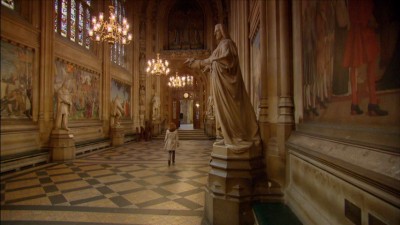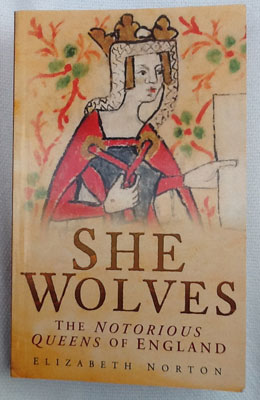


As I had just finished reading Isabella by Colin Falconer, the queen I was most interested in was Isabella of France, so I read her section of the book first before turning back to the beginning to read the rest. She-Wolves takes us on a fascinating journey through medieval history, but I have to confess that I didn’t read this book in the way it was intended to be read. In each case, a woman stepped in to fill the gap. Henry I died without a male heir and his nephew Stephen was never fully accepted by the English nobility Richard I spent much of his reign abroad Edward II lost the support of his barons due to his choice of favourites and Henry VI was simply incapable of being an effective ruler. Unlike Mary and Elizabeth, the four women covered in this book never ruled as sole monarchs but found themselves in a position of power as the daughters, wives or mothers of kings who, for one reason or another, were unable to rule themselves. In She-Wolves (the title refers to a term which has been used to describe both Isabella of France and Margaret of Anjou) Helen Castor looks at the lives of each of these queens in turn, before examining their role in history and how they possibly opened the way for Mary I and Elizabeth I to reign in their own right. With Henry unable to provide the strong leadership the country needed and possibly suffering from an unspecified mental illness, it fell to Margaret to rule in his place and to lead the Lancastrian faction against their Yorkist rivals. * Margaret of Anjou was Henry VI’s queen consort and played a major part in the Wars of the Roses. Isabella eventually staged a rebellion with her lover Roger Mortimer and deposed Edward in order to put her young son, the future Edward III, on the throne. * Isabella, the daughter of King Philip IV of France, came to England as Edward II’s young queen but found that her husband was so obsessed with his favourites (Piers Gaveston and Hugh Despenser) that he was prepared to put them before not only his wife but also his kingdom. Two of her sons – Richard I (the Lionheart) and John – also became King, and Eleanor effectively ruled England as regent while Richard was away fighting in the crusades. * Eleanor of Aquitaine was married to two kings – first Louis VII of France and then Matilda’s son, Henry II of England. She was never actually crowned Queen of England but fought her cousin, Stephen of Blois, for the throne in a period of civil war described as The Anarchy. * Matilda, daughter and heir of King Henry I, was known as ‘Lady of the English’.

As the title suggests, this is a book about four medieval women who ruled – or attempted to rule – England in the centuries before Elizabeth I.


 0 kommentar(er)
0 kommentar(er)
